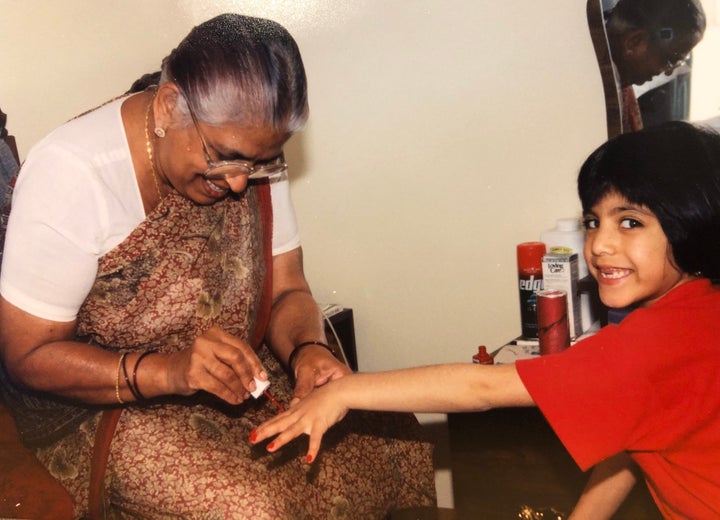
I’ve never had a real conversation with my Nani. Not because I don’t want to, but because we often don’t understand each other—and I mean that literally.
My grandmother lives in the U.S., and primarily speaks Hindi, and some basic English. I live in Toronto, speak only English, and understand basic Hindi. When we chat on the phone, we typically stick to an unofficial script: How are you doing? What are you eating? How is work? Fine, nothing new, and good.
Beyond that, we often misinterpret what the other is saying, even when I visit her in person. In the kitchen, she’ll ask me for certain dishes or ingredients, and I’ll often bring her the wrong item. If I try to tell her a story from my life, she will not necessarily be able to follow what I’m trying to say.
A lot gets lost in translation.
My parents did what they could to teach me Hindi as a child. They put me in Hindi school, a weekly program where I was instructed in the basics of reading, writing and speaking. The main thing I learned was that I wasn’t as “Indian” as the other children in my class.
My heart would race whenever the teacher gave instructions I didn’t fully understand, or when they called on me to read out loud. I knew some phrases from Nani and my mum (“mera naam Ishani hai,” my name is Ishani, “mujhe samajh nahin aaya,” I don’t understand), but when I spoke, the words always felt uncomfortably foreign.
Listen: Ishani shares the special ways her family celebrates her late mum in a Born And Raised podcast episode. Story continues below.
I was a straight-A student at my elementary school during the week, but on Saturday mornings, I failed at Hindi school. I went to the program, held in an Ottawa public school, for nearly a decade, but my ability — and my reluctance — remained fairly consistent.
When my mum used Hindi as a secret language in public, pointing out unflattering outfits or sharing the latest gossip, I remained mute, not knowing how to formulate a response, but also not wanting to draw attention to our implied foreignness. Canadians viewed me as Indian, Indians viewed me as “whitewashed” and I was unsure of which community I fit into, or if I fit into any. As a born-and-raised Canadian with Indian heritage, I felt incapable — and, at times, ashamed — of “my” language.
Both sets of my grandparents spoke fluent Hindi, my parents Hindi and English, and I barely speak any Hindi — a lineage that is apparently quite common among immigrant families. Researcher Joshua Fishman, a pioneer in the study of sociology of language, broke down this the loss of language into a three-generation model, where by the third generation, the “mother tongue” is largely lost.
A Statistics Canada study comparing immigrant women from 1981 to those from 2006 observed the transmission of immigrant languages is higher than in the past, but the amount of language passed on declines with each generation, influenced by things like intercultural marriage and being born and raised in Canada.
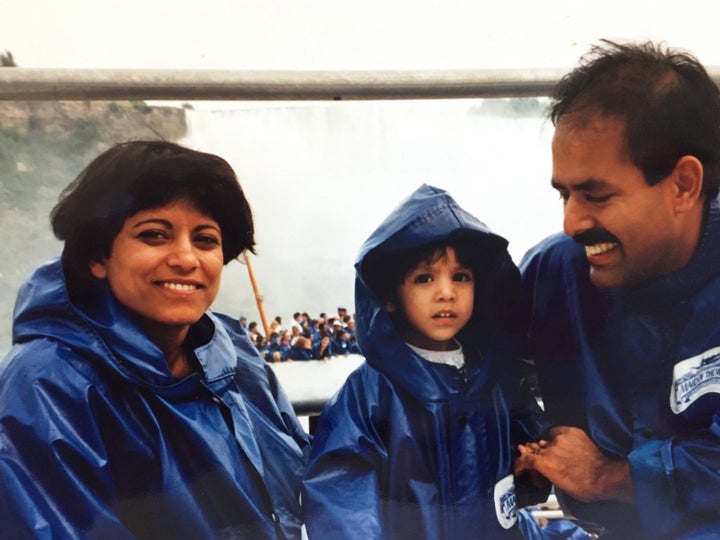
In a recent episode of This American Life, Buzzfeed writer Scaachi Koul explored why she also had never learned Hindi or her parents’ mother tongue, Kashmiri. Listening to Koul and her family felt familiar — being exposed to Hindi doesn’t necessarily mean we’re open to it.
“Language is an aspect of homeland identity that continues to be a source of memories, social networking and ties for the immigrants … At the same time, language also works as a very clear boundary or marker that separates between ‘us’ and ‘them,’” said University of Toronto immigrant identities researcher and assistant professor Tahseen Shams, author of the upcoming book Here, There, and Elsewhere: The Making of Immigrant Identities in a Globalized World.
That distinction was a major deterrent for my cousin, Alisha Ismail. We’ve always been close, and when it comes to language, our stories are similar. Despite attending Hindi classes and being surrounded by family members who spoke the language, we both stuck firmly to answering in English.
Alisha, now 28, resented that people were often surprised her parents spoke English (which is her mother’s first language). In Victoria, she was mistaken for a nanny when picking her cousins up from school and for the hired help at a party—experiences that also reflect perceptions of working-class immigrants. Alisha grew up in Vancouver, and didn’t want to be “lumped in” with the discriminatory stereotypes about South Asians. She saw herself as Canadian, and not speaking Hindi was a way of creating that distance.
“I had to justify being Indian, so then I didn’t want to be more Indian,” she said.
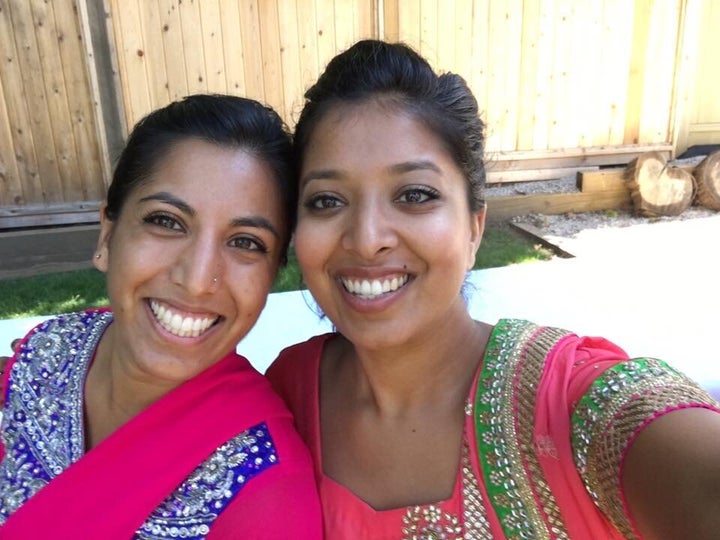
And, it’s easy to let language skills fade in Canada, where it requires active effort to learn South-Asian dialects that are typically picked up at home from parents or in weekend language schools.
“I can tell you that most children do not want to spend their Sundays learning a language they think will not be of any use, but rather mark them further apart from their American friends,” said Shams, who volunteered at Bangla language schools in Los Angeles, and designed language programs for Bangladeshi students at UCLA.
That’s part of the reason my dad, Rajeev Nath, said the Hindi lessons he got growing up in Vancouver didn’t stick. He cannot read or write the language, but learned to speak conversational Hindi during a family trip to India when he was a teenager.
“I don’t think I really learned Hindi, I’ve picked up Hindi by osmosis, motivated by the need to be able to talk to cousins and people in India, as well as talking to your Nani,” he told me. He related to my childhood resistance to the language, and since we spoke English at home and most of our relatives also spoke English, he didn’t see the need to really push me to learn.
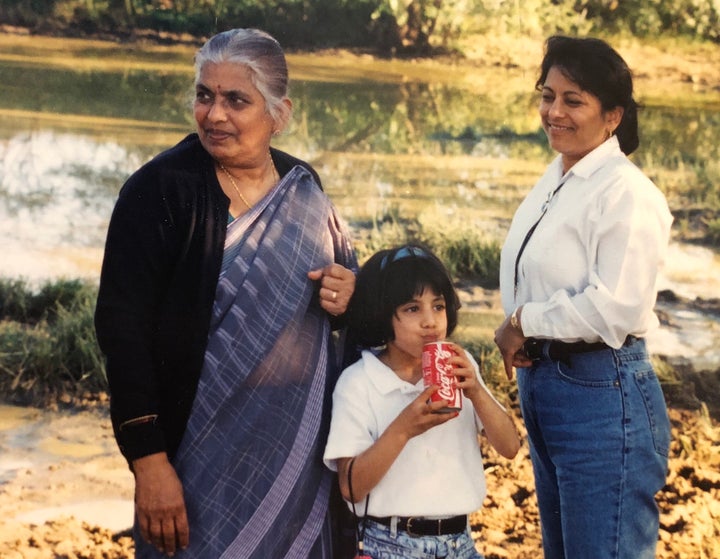
For a long time, I didn’t either—until my mum passed away in 2015. My mum always acted as a translator between me and my Nani. It’s a role many of my aunts and uncles fill as well for their kids. The constant translation is a fixture of our family gatherings, much like my aunts’ distinctive laughs and the organized chaos.
Nani and I lost our main way of communicating, at a time when we shared so much grief. The most we could offer each other in my mum’s absence were hugs, and a shared, unspoken understanding of loss.
I asked Nani recently if it bothered her that our conversations over the years were so limited in this way.
“Everybody talk in English, so what I do? Sometimes I understand, sometimes, I not understand,” my Nani told me during a phone conversation, aided occasionally by my aunt translating. “I not feel bad.”
But I did. As an adult, and after losing my mum, I was newly aware that being able to speak with and get to know my Nani was an opportunity that wouldn’t last forever.

Around the same time, my attitude towards my Indian heritage shifted, first as I studied the origins of the South Asian diaspora in university, and later as I started my career as a journalist, often writing about race and cultural identity. I was digging into issues like Bollywood’s influence on the diaspora or the politics of correctly pronouncing people’s names, and in the process, I started to reconsider my personal feelings towards Hindi.
Why did I view French as an important skill, but Hindi as exotic and weird? Why had I kept Saturday Hindi school a secret from my non-Indian friends? Why didn’t I want to learn?
I started noticing my Indo-Canadian friends who seamlessly speak with their family members in their mother tongue. Instead of viewing those conversations as “FOB-y”— a derogatory slang term used to describe traits of people who are “fresh off the boat”— I was now envious.
I bought trendy shirts with Hindi script on them from Indo-Candian and American designers, taking new pride in my ability to read the curled letters. I started speaking small bits of “Hinglish” with my Indo-Canadian friends, using “theek” instead of OK in our group chats, or “nahi” instead of “no.”
Alisha recalled having a similar flip in perspective when her friends recently discovered that she understood Hindi, and, to her surprise, thought it was cool. Yet, like me, something is still holding her back when it comes to speaking the language.
“I feel embarrassed that my accent would be so Canadian that everybody would just laugh at me and then they wouldn’t want to speak to me in Hindi,” she said, though she doesn’t remember a time where that has actually happened.
That same fear I had as a kid, persists. So, when I first decided to relearn Hindi, I did it quietly, downloading the Duolingo app. Surprisingly, I had retained much more from those dreaded Hindi lessons than I’d thought, and doing even the occasional Hindi lesson during my commute helped my comprehension of overheard Hindi conversations and Bollywood films.
I asked Shobna Nijhawan, who teaches Hindi at York University and has many second generation South Asian students in her class, what tips she has to learn Hindi as an adult. In addition to recommending online and text resources, she advised me to think about how I learn languages (i.e. Did I learn best through grammar, such as how many schools teach French, or through more conversational training?).
She thinks part of the shame or hesitancy surrounding language is linked to a lack of vocabulary, so as students learn more of the language and syntax, constructing and speaking sentences becomes less intimidating.
Based on her experience as a Bangladeshi immigrant and as an ethnographer, Shams said that when learning a heritage language, there’s no place like home. Ask about the Hindi name for ingredients in kitchen with mothers and aunties, try to speak in Hindi at the dining table with family or in the living room while watching desi news and soap operas.
“There is no one way to speak Hindi, and how we sound is simply a reflection of our unique backgrounds.”
- Shobna Nijhawan
If those opportunities aren’t available, Nijhawan recommends seeking out community spaces, such as temples or functions, or one-on-one scenarios where speaking Hindi is common.
My dad advised me to start small, saying phrases like “aap kaise hain?” (How are you?) or specifically when speaking with Nani, “Isko kaise banate hain?” (How do you make this?).
Saying these phrases out loud still feels odd, but Nijhawan reminded me there is no one way to speak Hindi, and how we sound is simply a reflection of our unique backgrounds.
“Language is always in flux, it’s always changing,” she said.
So, maybe how I speak isn’t the issue, as much as is overcoming the internalized racism and shame that kept me silent. I also recognize that learning my heritage language is a privilege—one that has historically been denied to Indigenous people and is currently threatened in some regions of India. I no longer take this privilege lightly.
With 2020 underway, it feels like an opportunity to say: new year, new language and (potentially) a new beginning for me and Nani. In writing this story, I’ve alerted most of my family to the fact that I want to learn, so they’re at the ready to say, “Hindi mein bolo” the next time we speak on the phone.
“You can’t be self-conscious. You have to go for it. Speak with somebody and embarrass yourself, that’s how you learn. I make lots of mistakes in Hindi, and everybody tolerates it,” my dad told me.
“Just try.”
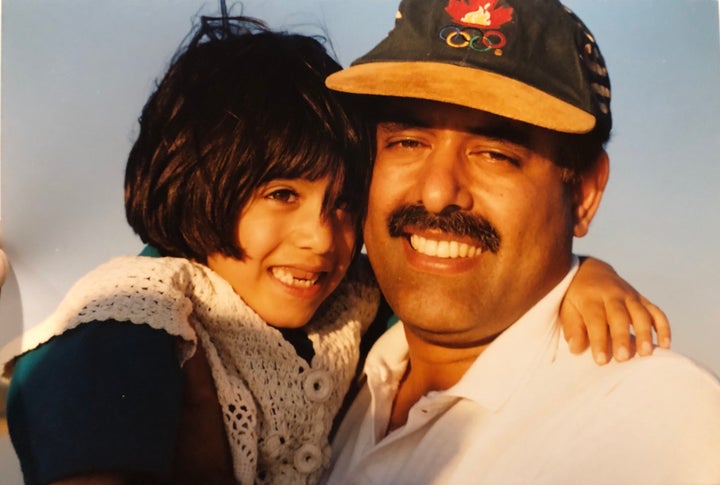
More about learning Hindi or other languages:
- The Duolingo app is free and offers easy ways to learn Hindi and many other languages
- How Do I Say This?: Buzzfeed writer and fellow Canadian Scaachi Koul goes back to Calgary to find out why her parents never taught her Hindi or Kashmiri
- “A Door Into Hindi” by Afroz Taj is an interactive, multimedia elementary Hindi learning website
- Listen & Learn offfers a wide variety of language courses
- The secret to learning languages - This CBC piece explores how to determine how you learn languages best
- Rosetta Stone is a popular service that offers several language courses
- Here, There, and Elsewhere: The Making of Immigrant Identities in a Globalized World, by Tahseen Shams
- Best language-learning apps, software, and online classes: Mashable’s recent roundup of the best resources
Born And Raised is an ongoing series by HuffPost Canada. Part reflection, part storytelling, this series on the children of immigrants explores what it means to be born and raised in Canada. We want to hear your stories — join the conversation on Twitter at #BornandRaised or send us an email at bornandraised@huffpost.com.
Also on HuffPost Canada:
